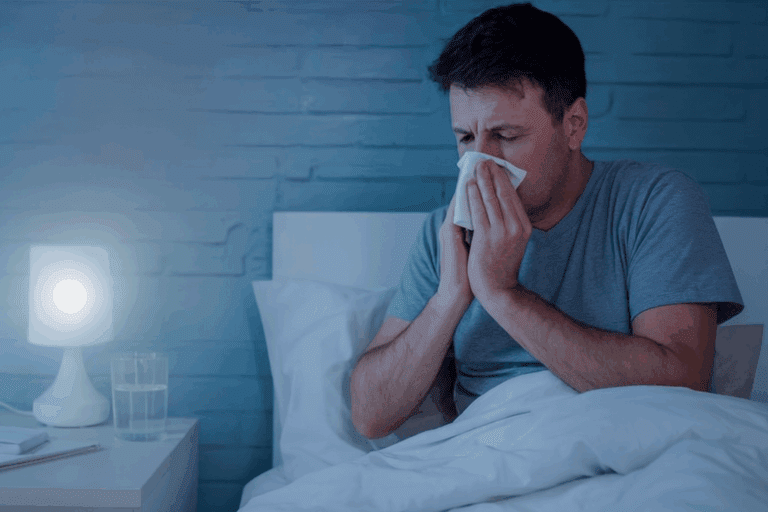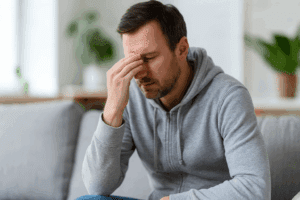Do you wake up with a stuffy nose, itchy eyes, or a dry throat? Nighttime allergy symptoms might be quietly ruining your sleep. In this post, I’ll explain why indoor allergies intensify at night, the science behind it, and what practical, proven steps you can take for relief — including a couple of trusted wellness tools I personally recommend.
🌿 What Causes Nighttime Allergy Symptoms to Worsen? 🌿
Allergies often seem worse at night, especially when your body should be winding down for restorative sleep.
Here’s why symptoms may spike after sunset:
-
Lying down redistributes allergens like dust mites and pet dander closer to your face and airways
-
Indoor air circulation slows, trapping allergens in your bedroom
-
Humidity drops, drying nasal passages and worsening irritation
-
Your circadian rhythm shifts, which can influence histamine levels and melatonin production
Your body’s internal clock not only affects allergies but also your emotional state and ability to rest deeply. Interestingly, nutrition plays a powerful role in balancing sleep hormones and mood chemicals such as serotonin. To learn more about how diet influences sleep quality and emotional well-being, explore my guide on foods that naturally boost your mood.
🛍️ Affiliate Disclosure
As an Amazon Associate, I may earn from qualifying purchases. This means if you click an Amazon link and make a purchase, I may earn a small commission — at no extra cost to you. Your support helps me continue sharing helpful, science-backed wellness resources through AllHealthFit1. 💚 Thank you!
🌿 Common Indoor Triggers Lurking in Your Bedroom 🌿
Even the cleanest bedrooms can be full of hidden allergens:
-
Dust mites in mattresses, bedding, or carpet
-
Mold spores in corners or from poorly maintained humidifiers
-
Pollen tracked in on clothing or shoes
-
Synthetic fragrances in candles, detergents, or cleaners
A mindful approach to your indoor environment can make all the difference. Prevention starts with awareness.
__________________________________________________________________________________________________________________________________________________________________________________________________________
🌿 Nighttime Allergy Symptoms to Watch For 🌿
Allergy symptoms that worsen in bed might be subtle but significant:
-
Runny or stuffy nose
-
Sneezing, coughing, or postnasal drip
-
Itchy, watery eyes
-
Throat irritation or mild snoring
-

Man battling sinus pressure and allergy fatigue. Morning fatigue and balance issues caused by poor-quality rest
These symptoms can affect your immune system and overall neurological function if left unmanaged.
🌿 Proven Strategies to Reduce Nighttime Allergies 🌿
Here’s what I suggest from both medical experience and personal relief:
-
Use a HEPA air purifier
-
Wash bedding weekly in hot water
-
Swap out old pillows for allergy-proof ones
-
Vacuum under the bed and carpets with a HEPA filter
-
Use allergen-proof curtains
-
Declutter surfaces and reduce fabric-heavy décor (like extra throw pillows or heavy drapes), since these can trap dust and make nighttime allergies worse.
-
Keep windows shut during pollen-heavy months
🌿 National Allergy Pillow Protector 🌿
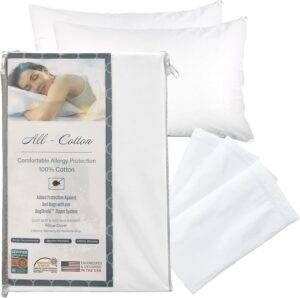
Dust mites are one of the most common triggers hiding in pillows. A simple but effective solution is using a zippered pillow encasement. The National Allergy Premium 100% Cotton Zippered Pillow Protector is a hypoallergenic option designed to block allergens while staying breathable and soft.
Key Features & Benefits:
-
🌱 100% cotton (300-thread count) for softness and breathability
-
🌱 Fully zippered encasement seals out dust mites and allergens
-
🌱 Hypoallergenic and doctor-recommended protection
-
🌱 Machine washable and durable for long-term use
Why I Recommend It:
Protecting your pillow is one of the simplest yet most powerful steps to reduce nighttime allergy flare-ups and improve sleep quality.
➡️ Buy Now:
Buy Now
🌿 LEVOIT Core300-P Air Purifier 🌿
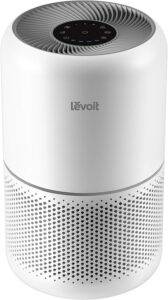
To address allergens circulating in your entire bedroom, a HEPA air purifier is essential. The LEVOIT Air Purifier for Home Allergies Pet Hair in Bedroom is one of my top recommendations for sleep environments.
Key Features & Benefits:
-
🌱 True HEPA 3-in-1 filter that captures dust, pollen, smoke, and pet dander
-
🌱 Covers up to 1,073 ft² — ideal for medium-to-large bedrooms
-
🌱 Ultra-quiet Sleep Mode designed for nighttime use
-
🌱 AHAM verified and energy-efficient design
Why I Recommend It:
Pairing pillow protection with HEPA filtration creates a powerful one-two punch against allergens at night — making your bedroom healthier and your rest deeper.
🌿 When to Seek Medical Support 🌿
Seek help if:
-
Symptoms persist despite home adjustments
-
Asthma-like symptoms appear (wheezing, breathlessness)
-
Over-the-counter remedies don’t work
-
Mold is suspected in the home
Consider professional testing or immunotherapy if your allergies disrupt daily life or vision quality.
🌟 Frequently Asked Questions 🌟
1. Why do my allergies only seem bad at night?
Lying down increases exposure to allergens concentrated in bedding and carpets.
2. Can a humidifier help with allergies?
Yes, if cleaned regularly. It prevents dryness and supports nasal comfort.
3. Should I wash my sheets daily?
No — once weekly in hot water is sufficient to kill dust mites.
4. Do pets cause allergies even if they don’t sleep with me?
Yes — dander spreads throughout the home and settles in fabrics.
5. What’s the best OTC treatment?
Try non-drowsy antihistamines like Allegra or Zyrtec, and a nasal rinse at night.
🍃 AllHealthFit1 Perspective:
As a doctor and allergy sufferer, I have seen how poor air quality affects everything — from nasal congestion to retinal strain and even mental clarity. Patients have often underestimated the impact of indoor triggers on their optic health. One of the most effective changes? Combining HEPA filtration with pillow encasements to reduce irritants where you sleep most.
Want to dive deeper? 🌿 Check out the AllHealthFit1 Health and Wellness Blog Archive for more articles covering nutrition, fitness, and holistic living.
AllHealthFit1 ❤️🏃♀️🍃
AI Disclaimer
Portions of this content were enhanced using AI tools to support structure and flow. The final article was thoroughly reviewed and edited by the author to ensure medical accuracy, clarity, and relevance.
⚠️ Medical Disclaimer
This content is intended for informational and educational purposes only. It is not a substitute for professional medical advice, diagnosis, or treatment. Always consult a physician for any health concern.
📚 References:
💌 Enjoyed This Post?
Get science-backed health tips delivered to your inbox. ➡️ Subscribe to the “Healthy You Insider” newsletter.
In Health and Wellness,
Dr. Marjorie DiCarlo, M.D., Ph.D., M.P.H.
Founder, AllHealthFit1 ❤️🏃♀️🍃
🌱 More Wellness Reads 🌱
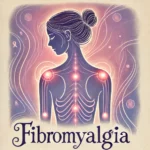 Is There a Correlation Between Osteomalacia and Fibromyalgia?
Is There a Correlation Between Osteomalacia and Fibromyalgia?
 🍃 5 Everyday Habits That Secretly Harm Your Eyes and How to Fix Them! 🍃
🍃 5 Everyday Habits That Secretly Harm Your Eyes and How to Fix Them! 🍃
 🌱 Stay Ahead of Silent Killers: Monitor Blood Pressure, Sugar & More 🌱
🌱 Stay Ahead of Silent Killers: Monitor Blood Pressure, Sugar & More 🌱
 🌿AllHealthFit1 Health and Wellness Blog Archive🌿
🌿AllHealthFit1 Health and Wellness Blog Archive🌿
 🌿 Backed by Science: Latest Research on Stroke Prevention You Can Trust 🌿
🌿 Backed by Science: Latest Research on Stroke Prevention You Can Trust 🌿
 🌿 Are Carrots Rich in Vitamin A Truly Beneficial for Your Vision? 🌿
🌿 Are Carrots Rich in Vitamin A Truly Beneficial for Your Vision? 🌿
Powered by YARPP.
